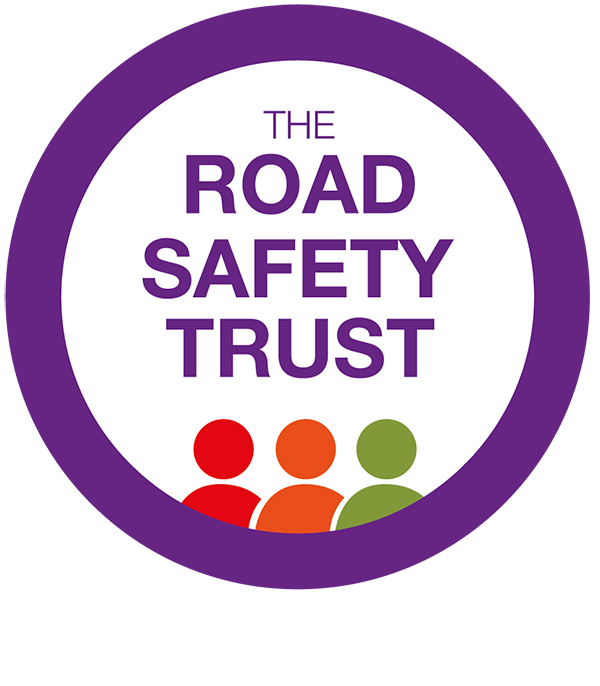Derby City Council
Local authority crash model for skid resistance (LASR)
Amount awarded
£30,000 (phase one) + £40,000 (phase two)
Completed
2025
Making roads safer for…
All road users
Project summary
This project analysed road surface skid resistance and road traffic collision data for selected local authorities, to develop a model of the relationship between skid resistance and collision risk for a typical ‘city’ road network. The model provides road engineers an evidence-led approach to prioritise maintenance funding.
Phase two of the LASR Approach concluded in Summer 2025 - a practical trial involving surface treatments at urban and rural sites across 13 authorities, with collision data monitored before and after treatment. The final report and methodology was submitted to the Road Safety Trust in July.
The overall project concluded that:
Where it achieved a significant improvement in skid resistance, surface treatment was associated with a 38% reduction in wet collisions, compared with untreated sites.
The reduction affects wet, rather than dry roads, as expected.
The reduction was greatest on the sites with lower initial skid resistance.
The default high skid resistance requirement for junctions in many authorities is not supported by the evidence gathered here.
Treatments on bends/gradients were particularly effective.
The LASR method is a practical and effective method of identifying lengths that can deliver safety benefits, with advantages over conventional methods.

